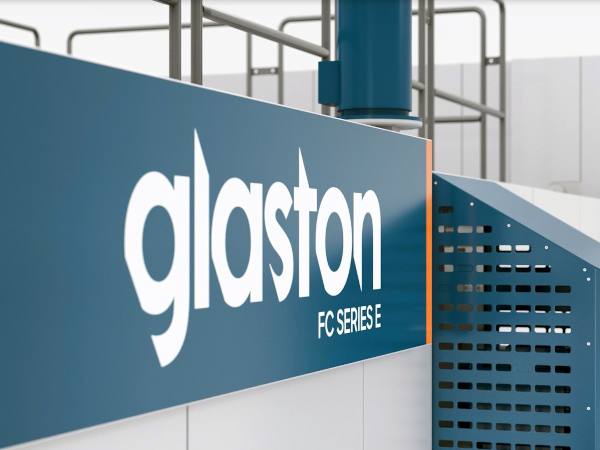
Date: 21 September 2023

Business conditions at architecture firms softened modestly in August, with the AIA/Deltek Architecture Billings Index (ABI) score falling below 50 to 48.1. This marks the eleventh consecutive month where billings have been essentially flat at architecture firms, following a period of strong growth in much of 2021 and 2022. There are also signs that the pipeline of future work may be starting to slow. While inquiries into new projects remained relatively strong in August, the value of newly signed design contracts declined for the first time since April, meaning that fewer clients signed contracts for new projects than in the prior three months.
Firm billings declined for the eleventh consecutive month at firms located in the West in August, while remaining essentially flat at firms located in the South and Northeast. Most notable, though, was the decline in billings at firms located in the Midwest, which had reported the strongest billings in the country for the last nine months. Business conditions also remained soft at firms with a multifamily residential specialization and declined modestly at firms with an institutional specialization. However, firms with a commercial/industrial specialization reported billings growth for the third month in a row in August.
July and August show modest economic growth
Conditions softened somewhat in August in the broader economy as well. Nonfarm payroll employment grew by 187,000 new positions, well below the average monthly gains of 271,000 over the previous 12 months. Architecture services employment added just 100 new positions in July (the most recent data available), following the growth of 1,000 new positions the prior month. In addition, inflation ticked back up in August, with the Consumer Price Index (CPI) rising by 0.6% from July, for an annual growth rate of 3.7%, the highest rate in several months. This was largely due to an increase in gas prices, although there were also modest increases in vehicle and food prices.
The latest edition of the Federal Reserve’s Beige Book report, released on September 6, showed overall modest economic growth across the country in July and August. With the single-family housing supply remaining constrained, there has started to be an uptick in new single-family residential construction in some areas. And nonresidential construction increased in the Cleveland and Philadelphia districts, most notably in commercial construction in the Philadelphia district, while construction and real estate activity was generally flat in the Chicago district.
Only a small percentage of firm leaders report outsourcing design work
With many firms continuing to report difficulties finding enough qualified staff, this month we asked them about outsourcing domestic design work offshore (e.g., subcontracting work to individuals or firms in other countries that are not part of their company). Overall, just 16% of responding firm leaders indicated that their firm is currently outsourcing domestic design work offshore. This is highest for firms with a multifamily residential specialization, where nearly one quarter reported currently outsourcing design work (24%), and for large firms with annual billings of more than $5 million (20%). At firms currently outsourcing domestic design work offshore, the majority (54%) reported that they only do so occasionally, while 22% reported doing it frequently, and 24% rarely. And overall, these firms reported that they are generally satisfied with the quality of design work their firm is outsourcing offshore, with more than two thirds (68%) rating their satisfaction as a 4 or 5 on a five-point scale, including 25% that reported that they are very satisfied.
At firms that are not currently outsourcing domestic design work offshore, nearly one quarter (24%) reported that they have done so in the past, with large firms and commercial/industrial firms being slightly more like to have done so (37% and 28%, respectively). However, these firms reported lower satisfaction with the quality of the work, with just 35% rating their satisfaction as a 4 or 5, while 39% rated it as a 1 or 2, including 14% who indicated that they were not at all satisfied with the quality of the work. We also asked firms that have never outsourced domestic design work offshore if they have ever seriously considered doing so, and just 15% reported that they have. This was slightly higher at smaller firms (17% of firms with annual billings of less than $250,000 and 27% of firms with annual billings of $250,000 to $1 million) and at firms with an institutional specialization (18%).
We also asked survey panelists about the status of international projects at firms, and just 8% of responding firm leaders reported that they currently have billings from international projects (projects that will be built outside of the US either for a foreign or domestic client). This is about the same as when we asked this question seven months ago, when an average of 7% of responding firms reported international project billings. Large firms with annual billings over $5 million were most likely to report currently having international project billings (18%). And overall, most firms with current billings from international projects (73%) indicated that billings from international projects is at about the same level as it was six months ago, while 13% reported that levels had increased by 5% or more, and 13% reported that levels had decreased by 5% or more.
This month, Work-on-the-Boards participants are saying:
- “Business has softened to a degree. Clients have gotten into budget trouble which has resulted in bad debt and slow payment of invoices.”—60-person firm in the Midwest, institutional specialization
- “Lack of debt financing for construction is impacting schedules and feasibility of private work.”—28-person firm in the West, residential specialization
- “Business remains strong, however, permit delays and supply availability have stretched project schedules. We have received quite a few preliminary scope projects, which could generate strong utilization in the fourth quarter and a strong start to 2024.”—26-person firm in the South, commercial/industrial specialization·
- “We expect to be very busy this fall after a slower-than-usual summer. However, everyone is still nervous about a possible economic downturn.”—11-person firm in the Northeast, institutional specialization
Save the date! Join Kermit Baker, AIA’s Chief Economist, on Thursday, October 19 at 2 PM ET to hear the next quarterly update of the industry's latest economic data and what firms are reporting. Register for free >

 600450
600450
















Add new comment